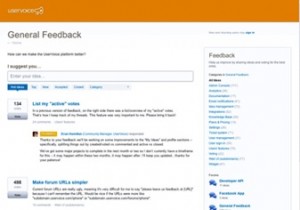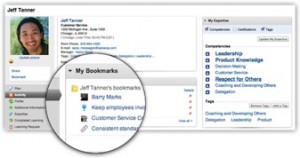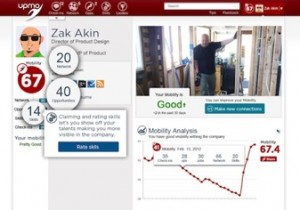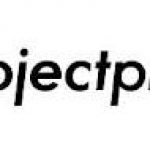3 Talent Management Tools that Drive Collaboration
Talent management technology is evolving. Social features drive collaboration, enable real-time feedback, and give employees (and their bosses) more visibility into what’s going on in their organization–furthering the trend towards consumerization of workplace IT. Early adopters of these socialized talent management technologies are seeing some immediate value-adds.
Specifically, here are three ways social technologies are having a positive impact in talent management:
1. Invigorated Open Door Policies
Marketing services firm Dominion Enterprises has always had an open door policy. But leadership struggled to sift through and act upon all the input they received. They needed a central platform for gathering, sharing and developing ideas.
“While we had channels for feedback and input, it was hard to get traction around ideas,” explains Susan Blake, VP of HR.
After giving UserVoice Feedback software a test run in one department, they rolled it out company-wide in March. Uservoice allows employees to submit ideas, vote on others’ ideas, and discuss them. The software had immediate impact, giving management the tools they need to give their open door policy new life–with employees from every department offering suggestions for improving products, policies and processes.
Furthermore, by showing employees that their feedback results in real changes, they’ve seen a spike in employee engagement. “To say UserVoice was a catalyst is an understatement,” says Blake.
2. Interactive Talent Directories
Gone are the employee directories of old, replaced with a strategic tool for both employees and leadership. You can still find contact info for colleagues in another department, but innovative products like Saba’s People Cloud have offer something more akin to an interactive talent directory.
Employees can create detailed profiles–listing skills, competencies and interests (relevant to their current roles or their career goals). Colleagues can search for experts in the company, and garner attention from peers and leadership by regularly lending expertise hand or sharing articles of interest. Managers can find viable candidates internally for key hires.
3. Motivating Career Management
One of social talent technology’s greatest value-adds for employees is in career management functionality. Systems like UpMo–the first enterprise talent network–are offering users a unique approach to career pathing by putting employees in the driver’s seat.
With UpMo, employees grow their internal network and their skills profile simultaneously, making them more appealing candidates for opportunities in the organization. Like other social talent technologies, there’s even a bit of gamification built in, which encourages usage and makes the process more engaging. Employees can give each other shout-outs for a killer meeting (a +1 in Presenting), or thanks for explaining Cloud computing (a +1 in Cloud).
This highly social product, which recently launched a free version, brings new energy to career management by keeping employees focused on growing within their organization.
Social Technology Has Hurdles to Clear
While the products described above offer significant value, social technologies as applied to talent management still have room to evolve. For example: Seamless integration with other systems (e.g. simply having a single sign-on across systems could greatly boost user adoption).
“It’s a real problem if every product requires another log-in or user profile,” says Joe Fuller, CIO at Dominion. “We want single sign-on–it’s the biggest complaint.”
What do you think are the greatest opportunities for social technology to drive innovation in talent management? What hurdles are there to clear before we see widespread adoption?
About the Author:
Kyle Lagunas is the HR Analyst at Software Advice—an online for reviewing and comparing talent management software. On the surface, it’s his job to contribute to the ongoing conversation on all things HR. Beyond that, he makes sure his audience is keeping up with important trends and hot topics in the industry. Focused on offering a fresh take on points of interest in his market, he’s not your typical HR guy.











